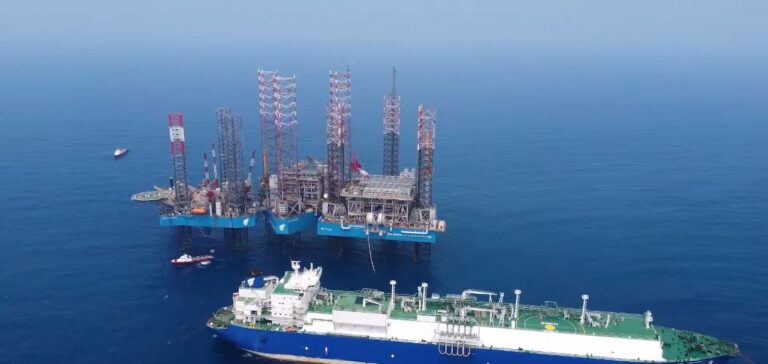Liquefied natural gas (LNG) plays a strategic role in the global energy transition, especially for countries like India, which seek to diversify their energy sources while reducing their carbon footprint. According to Akshay Kumar Singh, Managing Director of Petronet LNG Limited, global gas liquefaction capacity could reach around 700 million tons per year by 2030, up from the current 483.1 million tons. This expansion would respond to increased demand for LNG, a resource seen as a viable alternative to liquid fuels.
The potential growth of LNG is largely based on its cost competitiveness compared to liquid fuels. Singh noted that although LNG may not match the costs of coal or renewable energy, it could prove more affordable than some liquid fuels. In India, where over 80% of liquid fuels are imported, a gradual replacement of these fuels with natural gas appears feasible, thereby reducing the country’s reliance on crude oil.
Transition Supported by Infrastructure Investments
India has allocated substantial funds to strengthen its gas infrastructure, including the construction of new LNG import terminals and expansion of the pipeline network. This initiative aims to improve access to natural gas for consumers and optimize its use when prices are competitive. However, the gas market is marked by price volatility, which can make LNG unaffordable for some consumers, Singh pointed out. This fluctuation, exacerbated by crises like the COVID-19 pandemic, led some users to revert to more affordable liquid fuels.
Singh indicated that before the health crisis, India’s LNG imports reached nearly 26 million tons per year. However, during the pandemic, demand dropped to around 20 million tons as consumers shifted to cheaper alternatives, such as liquid fuels.
LNG as an Asset for India’s Climate Goals
Using LNG could also support India’s climate goals, as it is one of the cleanest-burning fossil fuels. The country, aiming for carbon neutrality by 2070, sees natural gas as a pillar of its decarbonization strategy. “Natural gas will remain vital for at least the next three to four decades,” Singh stated, emphasizing that this resource offers a transitional solution toward a lower-carbon economy.
The Indian government has set an ambitious target of 500 gigawatts of renewable energy by 2030, up from around 200 gigawatts currently achieved. Concurrently, efforts to increase forest cover and reduce energy waste are underway to meet the country’s emissions reduction goals.
Seeking Price Stability to Support LNG Demand
In today’s energy price volatility, Indian authorities have opted for long-term LNG contracts, aiming to stabilize costs and ensure reliable supply. However, Singh cautioned that despite these efforts, it is crucial to seize opportunities when the market is favorable, to avoid missing advantageous LNG procurement.
India reiterated its climate commitments at COP 28, pledging to reduce the carbon intensity of its GDP by 45% by 2030 compared to 2005 levels. With this approach, the country aims to balance its growing energy needs with sustainable development goals while leveraging LNG’s potential as a transitional solution.






















